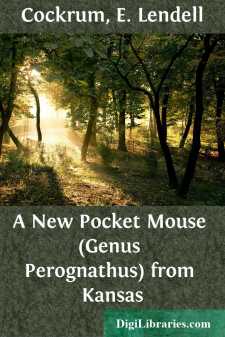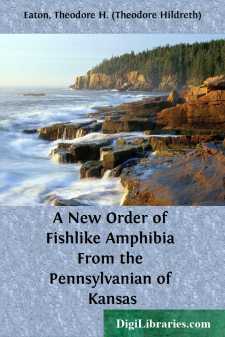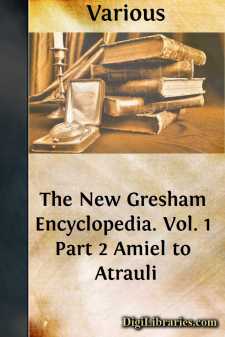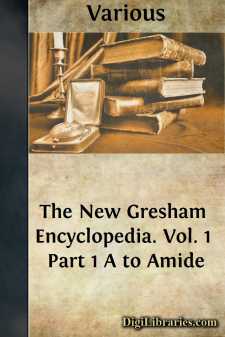Fiction
- Action & Adventure 180
- Biographical 15
- Christian 59
- Classics 6965
- Coming of Age 5
- Contemporary Women 3
- Erotica 8
- Espionage/Intrigue 12
- Fairy Tales, Folklore & Mythology 236
- Family Life 169
- Fantasy 117
- Gay 1
- General 596
- Ghost 32
- Historical 808
- Horror 43
- Humorous 160
- Jewish 25
- Legal 4
- Medical 22
- Mystery & Detective 315
- Political 49
- Psychological 41
- Religious 64
- Romance 159
- Sagas 11
- Science Fiction 730
- Sea Stories 113
- Short Stories (single author) 537
- Sports 10
- Suspense 1
- Technological 8
- Thrillers 2
- Urban Life 31
- Visionary & Metaphysical 1
- War & Military 173
- Westerns 199
Fiction Books
Sort by:
by:
Myra Kelly
A business meeting of the Lady Hyacinths Shirt-Waist Club was in progress. The roll had been called. The twenty members were all present and the Secretary had read the minutes of the last meeting. These formalities had consumed only a few moments and the club was ready to fall upon its shirt waists. The sewing-machines were oiled and uncovered, the cutting-table was cleared, every Hyacinth had her box...
more...
In studying the kinds of mammals known from Kansas, I had occasion to examine a series of Perognathus flavus from the western part of the state. Comparisons of these specimens with topotypes of named subspecies revealed that the specimens from Kansas belong to a heretofore undescribed subspecies which ranges through western Nebraska, eastern Colorado, western Kansas, and western Oklahoma. This...
more...
A slab of shale obtained in 1955 by Mr. Russell R. Camp from a Pennsylvanian lagoon-deposit in Anderson County, Kansas, has yielded in the laboratory a skeleton of the small amphibian Hesperoherpeton garnettense Peabody (1958). This skeleton provides new and surprising information not available from the holotype, No. 9976 K. U., which consisted only of a scapulocoracoid, neural arch, and rib fragment....
more...
by:
Various
VOWELS ÃÂ, as in fate, or in bare. ä, as in alms, Fr. âme, Ger. Bahn = á of Indian names. aÃâ¢, the same sound short or medium, as in Fr. bal, Ger. Mann. a, as in fat. a¨, as in fall. a, obscure, as in rural, similar to u in but, Ãâ in her: common in Indian names. Ãâ, as in me = i in machine. e, as in met. Ãâ, as in her. ë, as in pine, or as ei in...
more...
by:
Robert B. Finley
The extensive collection of Mexican mammals made by Mr. J. R. Alcorn for the University of Kansas Museum of Natural History contains fourteen piñon mice from lava rocks eight miles northeast of the city of Durango, Mexico. These mice are all much darker than the piñon mice, Peromyscus truei gentilis, of adjoining areas in Durango and Zacatecas and show a superficial resemblance to the widespread P....
more...
by:
Various
CONSONANTS Of the consonants, b, d, f, h, j, k, l, m, n, ng, p, sh, t, v, z, always have their common English sounds, when used to transliterate foreign words. The letter c is not used by itself in re-writing for pronunciation, s or k being used instead. The only consonantal symbols, therefore, that require explanation are the following:— ch is always as in rich. d, nearly as th in this = Sp. d...
more...
by:
Joan Echols
Discussion.—Because of the great differences in endocranial structure between the Devonian and Pennsylvanian coelacanths, they are here placed in new subfamilies. The two proposed subfamilies of the family Diplocercidae are the Diplocercinae and the Rhabdodermatinae. The Diplocercinae include those coelacanths having two large unpaired bones in the endocranium (at present this includes Diplocercides...
more...
Long-eared bats obtained by field parties from the University of Kansas in the Mexican states of Coahuila, Nuevo León, and Tamaulipas, are found to belong to the species, Myotis evotis, but are not referable to any named subspecies. They are named and described as follows: Myotis evotis auriculus new subspecies Type.—Female, adult, skin and skull; No. 55110, Univ. Kansas Mus. Nat. Hist.; 10 mi. W...
more...
Among small mammals accumulated, from Wyoming, in the Museum of Natural History of the University of Kansas, specimens of the wide-spread species Thomomys talpoides are abundantly represented. Subspecific names are available for most of these, but specimens from the Sierra Madre Mountain Range of Wyoming and Colorado prove upon comparison to pertain to an heretofore unnamed subspecies which may be...
more...
by:
Various
A, the first letter in many alphabets. The sound most commonly belonging to it, as in French, Italian, German, &c., is that which is heard in father, pronounced short or long. In English the letter is made to represent at least seven sounds, as in father, mat, mate, mare, many, ball, what, besides being used in such digraphs as ea in heat, oa in boat.—A, in music, is the sixth note in the...
more...











